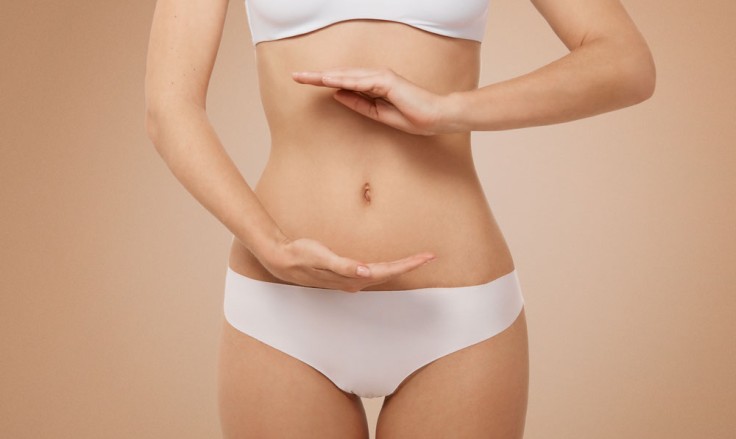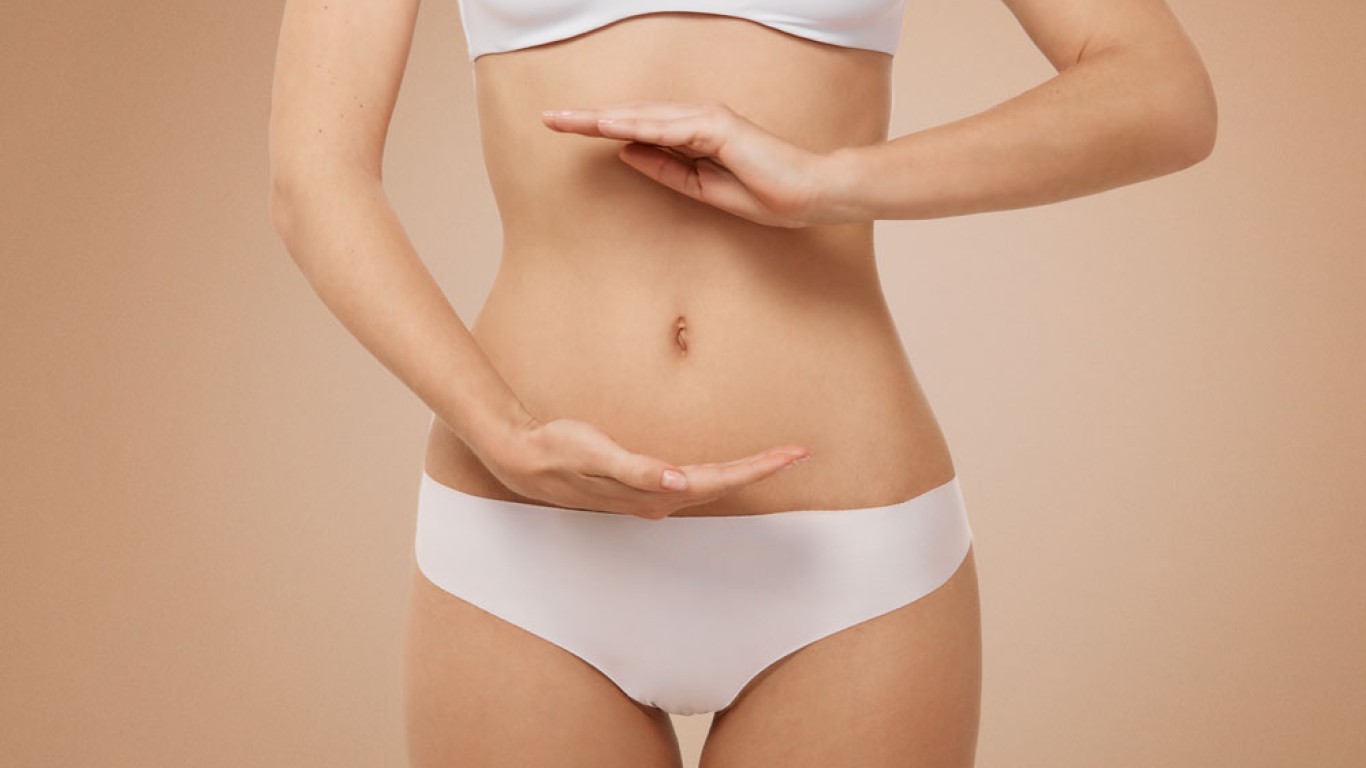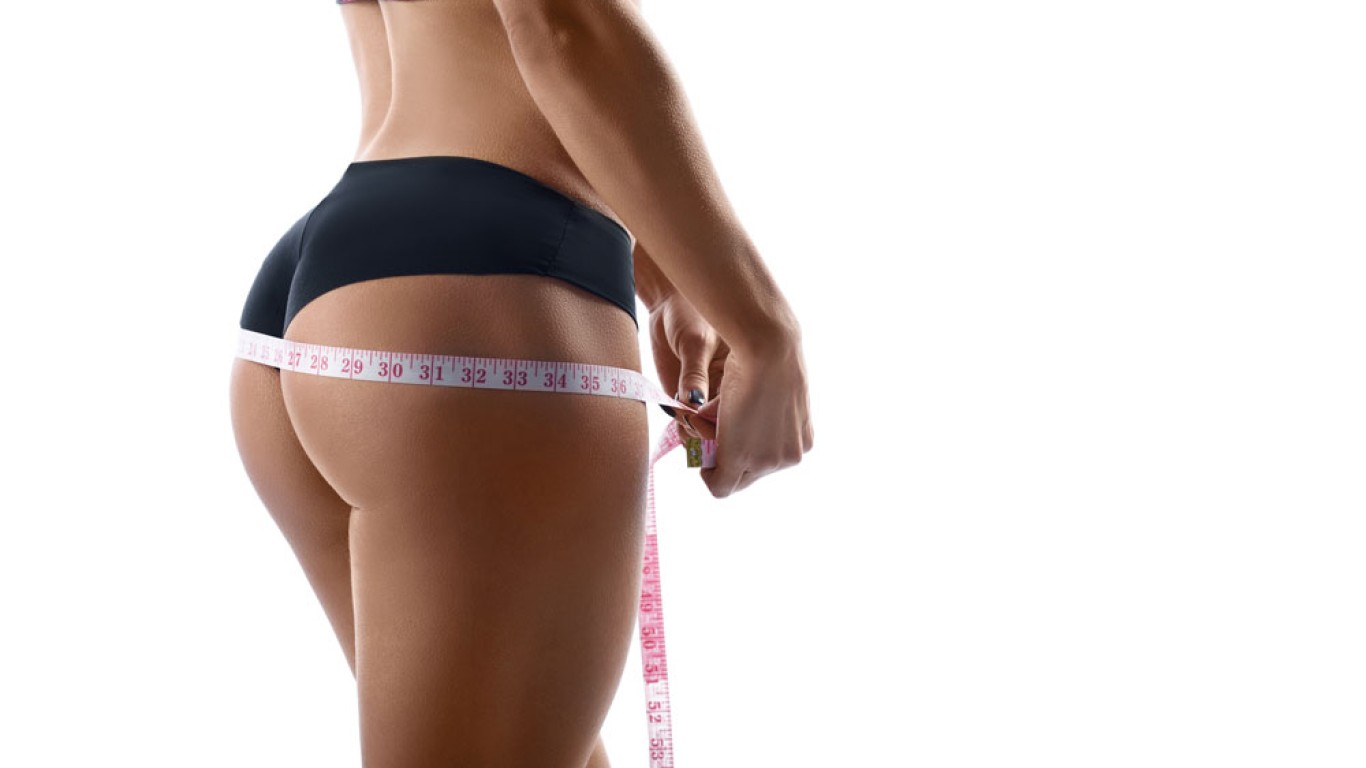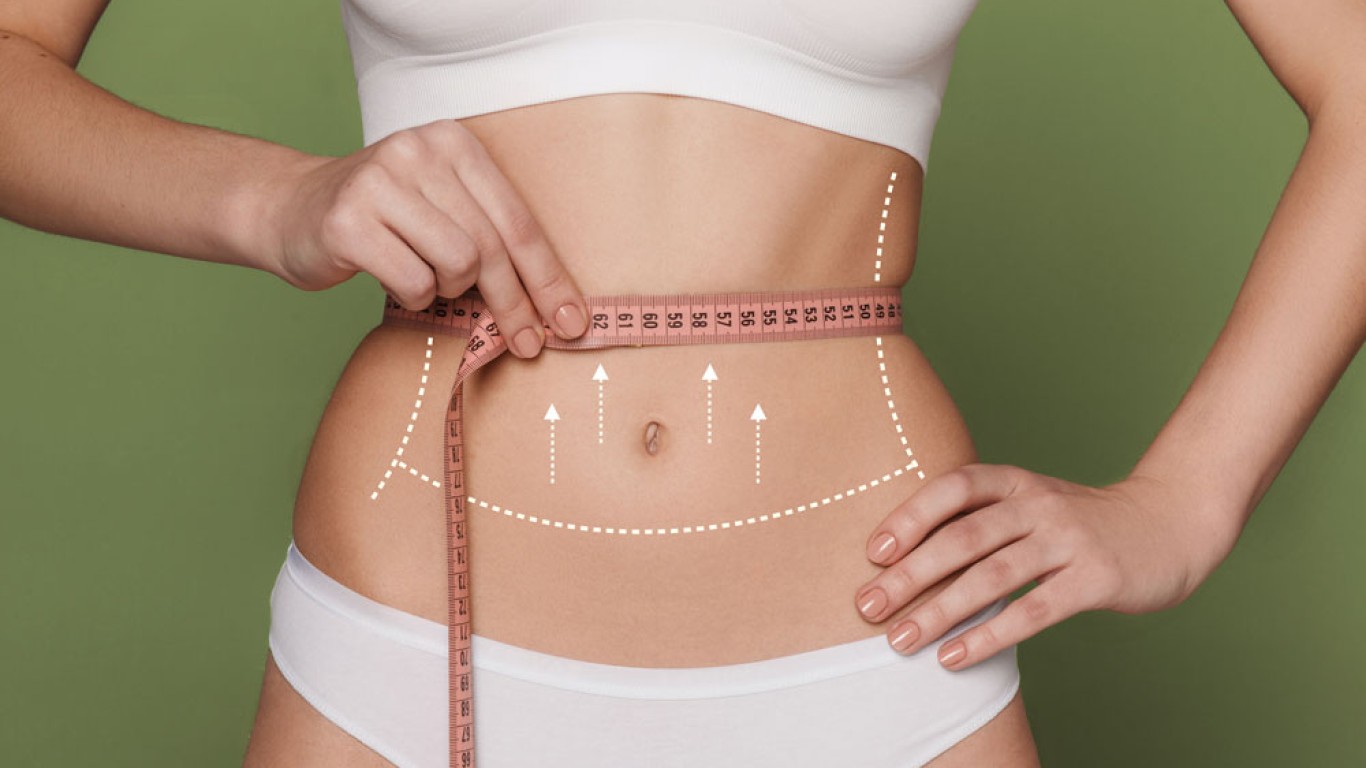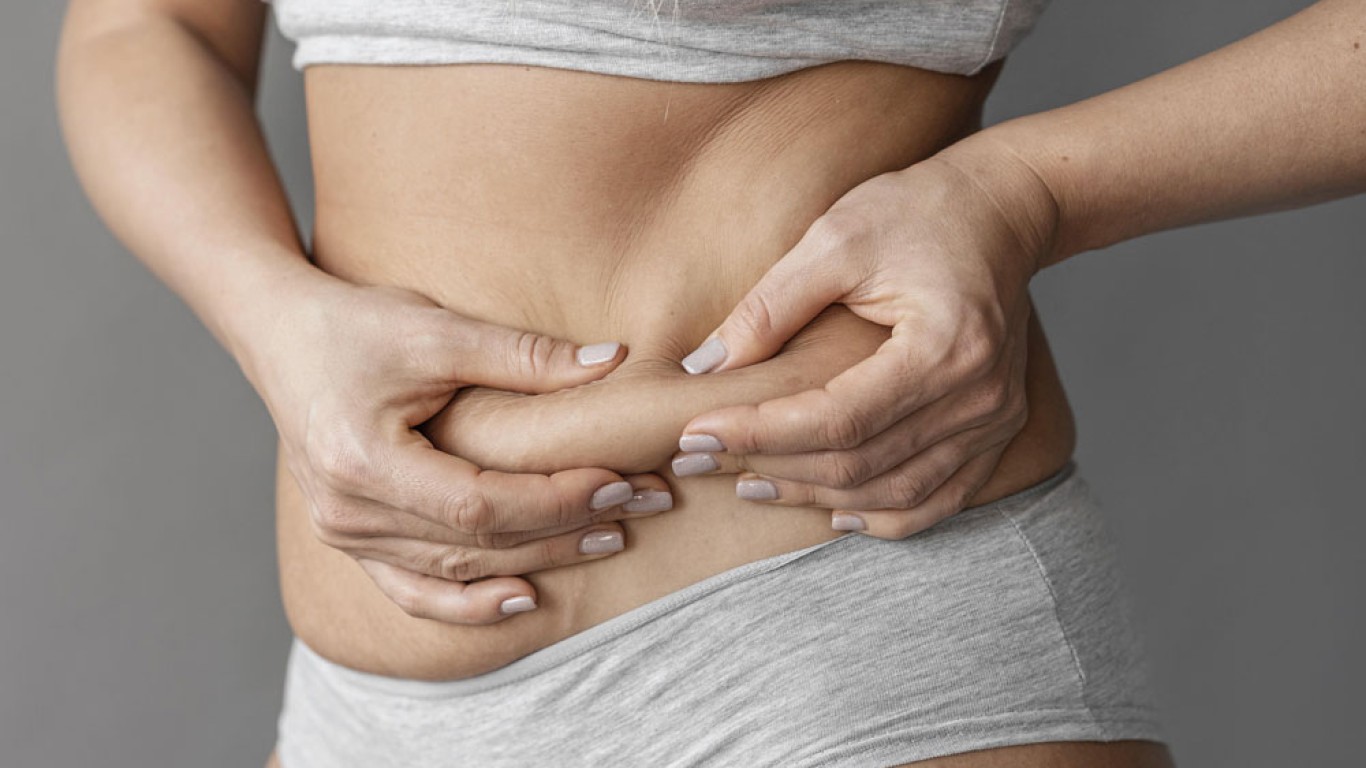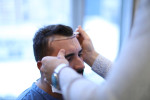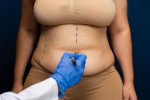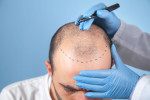Getting proper rest is vital for healing after any cosmetic procedure. Abdominoplasty is also known as tummy tuck surgery. Knowing how to sleep properly can help prevent discomfort and support faster recovery. The position you sleep in during the early weeks is especially important. In particular for avoiding strain on the abdominal area. In this article, we’ll explain the best ways to manage your sleep after a tummy tuck. This will ensure comfort and a smoother outcome.
Why Sleep Position Matters After a Tummy Tuck
Following your tummy tuck, your abdominal muscles and skin are healing. Lying flat or stretching your torso can place pressure on the incision area. This pressure can delay healing and cause discomfort.
Additionally, good sleeping habits reduce swelling and support better blood flow. Therefore, adjusting how and where you sleep directly impacts your overall recovery.
The Best Sleeping Position for the First Few Weeks
Immediately after surgery, most surgeons recommend sleeping on your back. And with your upper body slightly elevated. This position reduces tension on the incision and allows your abdominal area to rest.
A reclined position is often ideal. Such as sleeping in a recliner or using pillows to prop yourself up in bed. Your hips should be slightly bent, mimicking a gentle V-shape. This is the safest position to adopt for your sleep after a tummy tuck.
How Long Should You Sleep in a Reclined Position?
Generally, you’ll need to maintain a reclined sleeping position for one to two weeks. Some patients may need to continue this routine for up to four weeks. Depending on their individual recovery speed.
Your surgeon will monitor your progress. They will tell you when it’s safe to return to flat sleeping. Always follow their specific advice before making any changes.
Why You Should Avoid Sleeping on Your Stomach or Side
Although you may be used to sleeping on your side or stomach. These positions are not safe early on. Lying on your stomach puts direct pressure on your healing abdomen. This can affect wound healing and increase discomfort.
Likewise, sleeping on your side can cause the body to twist slightly. This will place strain on your core. During the early stages of healing, both positions should be avoided. This is in order to protect your sleep after a tummy tuck.
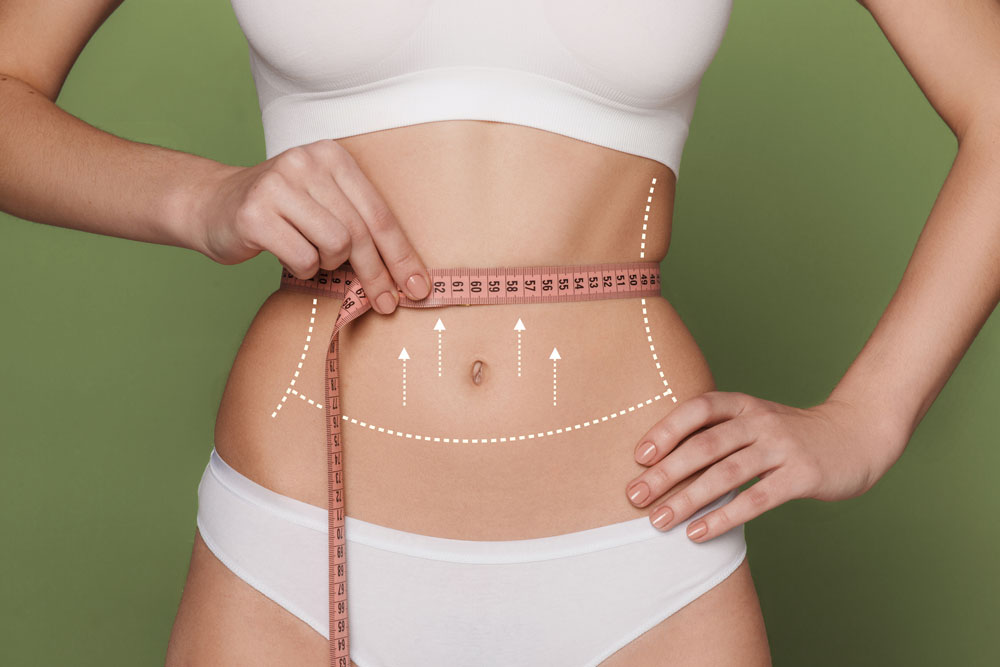
Using Pillows to Improve Sleep Comfort
Supportive pillows play a major role in maintaining comfort. Place a wedge or firm pillows under your upper back to elevate your chest. Use another pillow under your knees to keep them slightly bent. This reduces tension across your abdomen.
Some patients also place small pillows beside them to prevent rolling over during the night. These small adjustments can make a big difference in your recovery.
What to Expect During the First Nights post Tummy Tuck
The first few nights may feel uncomfortable as your body adjusts to the new sleeping position. Some patients report restlessness or light sleep. This is completely normal.
As swelling and tightness decrease, your comfort level will improve. Practise your sleeping position during the day or nap in a reclined posture. This can help you adjust more quickly.
Tips to Improve Sleep Quality During Tummy Tuck Recovery
Improving the quality of your sleep after a tummy tuck helps your body recover. Stick to a consistent bedtime to encourage a healthy sleep cycle. Avoid caffeine or heavy meals in the evening.
Create a calm environment by dimming the lights and reducing screen time before bed. Listening to calming music or white noise machines may help you fall asleep more easily.
Sleeping in a Recliner: Is It Necessary?
While not required, a recliner can be extremely helpful during your first few weeks. It naturally positions your body in the bent V-shape needed for healing. Recliners also make it easier to get in and out of position without straining your core.
If you don’t have a recliner, you can recreate the same position in bed. Just use pillows and a firm mattress. The key is maintaining that same gentle bend to protect the surgical area.
When Can You Sleep After a Tummy Tuck on Your Side Again?
Once your surgeon gives the all-clear, you may begin to sleep on your side. Usually this is after two to four weeks. At first, use a small pillow between your knees. Place another against your abdomen for support.
Ease into this position slowly, listening to your body. If discomfort returns, return to the reclined posture and try again later.
What If You Wake Up in the Wrong Position?
Don’t panic. If you shift in your sleep and find yourself in an unsafe position. Simply adjust yourself carefully. Over time, your body will adapt to the new posture.
Using supportive pillows can help prevent these shifts. However, one or two episodes won’t ruin your recovery. What matters is making consistent effort to maintain proper positioning while you sleep.
The Role of Sleep in Tummy Tuck Healing and Results
Sleep plays a vital role in your body’s healing process. Deep sleep supports immune function. It reduces inflammation, and allows damaged tissues to repair. Better sleep also contributes to stable moods and faster energy restoration.
Getting enough quality sleep after a tummy tuck is important. It can also improve the appearance of your final results. Well-rested patients often experience less swelling and faster incision healing.
Additional Sleeping Aids You May Find Helpful
Besides pillows and recliners, other products may help improve your sleep. Consider a body pillow for added comfort. Some patients also use soft, adjustable mattress wedges.
Loose-fitting nightwear and soft sheets reduce friction and irritation against your healing skin. Cooling pads or fans can ease nighttime discomfort if swelling causes heat.
Conclusion
A successful tummy tuck recovery depends on many factors. Quality sleep is one of the most important. Sleep on your back in a slightly bent, reclined position. This will help reduce tension and discomfort during healing. With time, you can gradually return to your usual sleeping habits. Until then, pillows, recliners, and gentle routines make all the difference. Support your body, rest well, and follow your surgeon’s guidance for the best long-term outcome.
For more information on tummy tucks and to book a consultation visit the ACIBADEM Beauty Center Tummy Tuck webpage.
Frequently Asked Questions
Not immediately. Flat sleeping increases abdominal tension. Wait until your surgeon approves the position change.
Use at least two pillows to elevate your upper body and one under your knees.
Yes, short naps can help with healing and energy. Just maintain the same sleeping posture.
Most patients return to side sleeping after two to four weeks, once healing has progressed.
It’s helpful but not necessary. You can recreate the reclined position with pillows on a firm bed.
